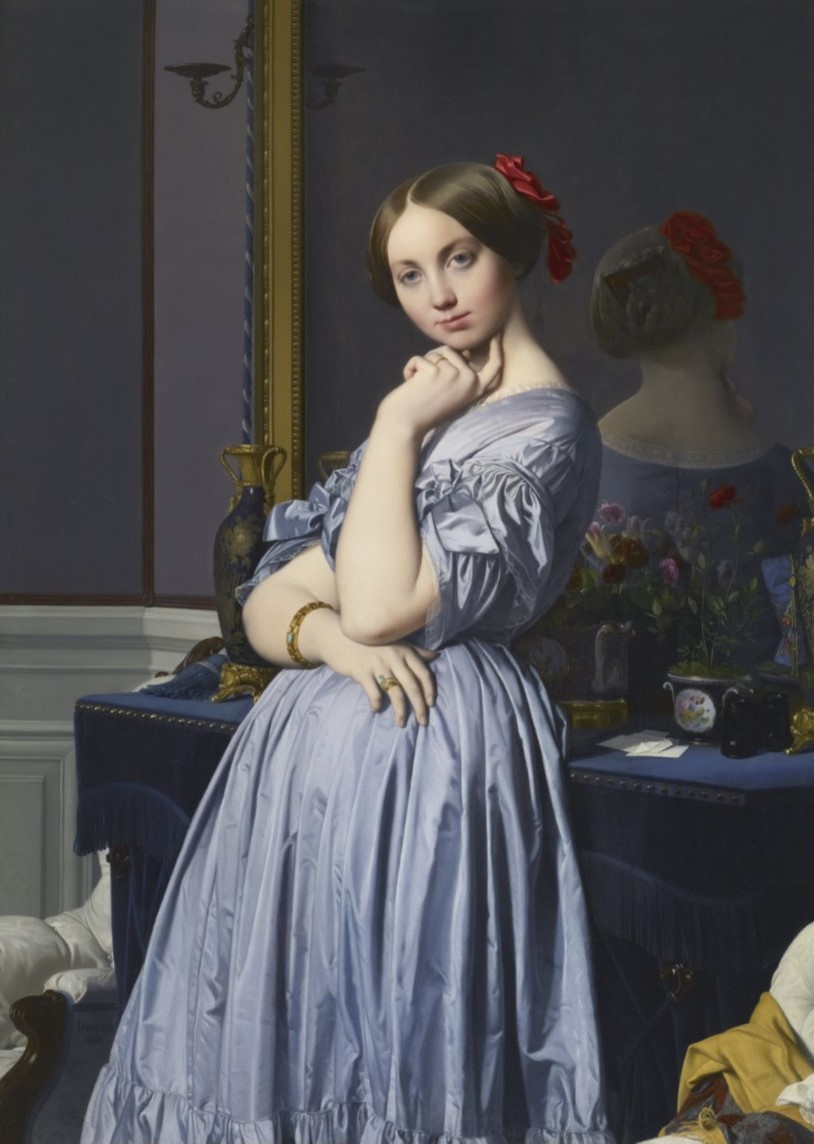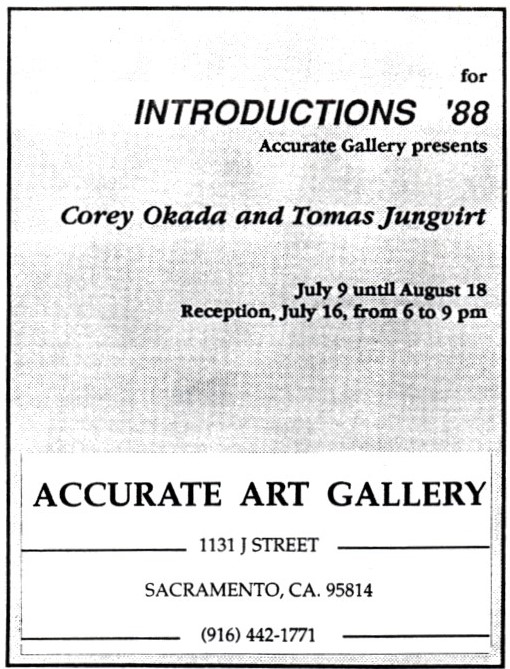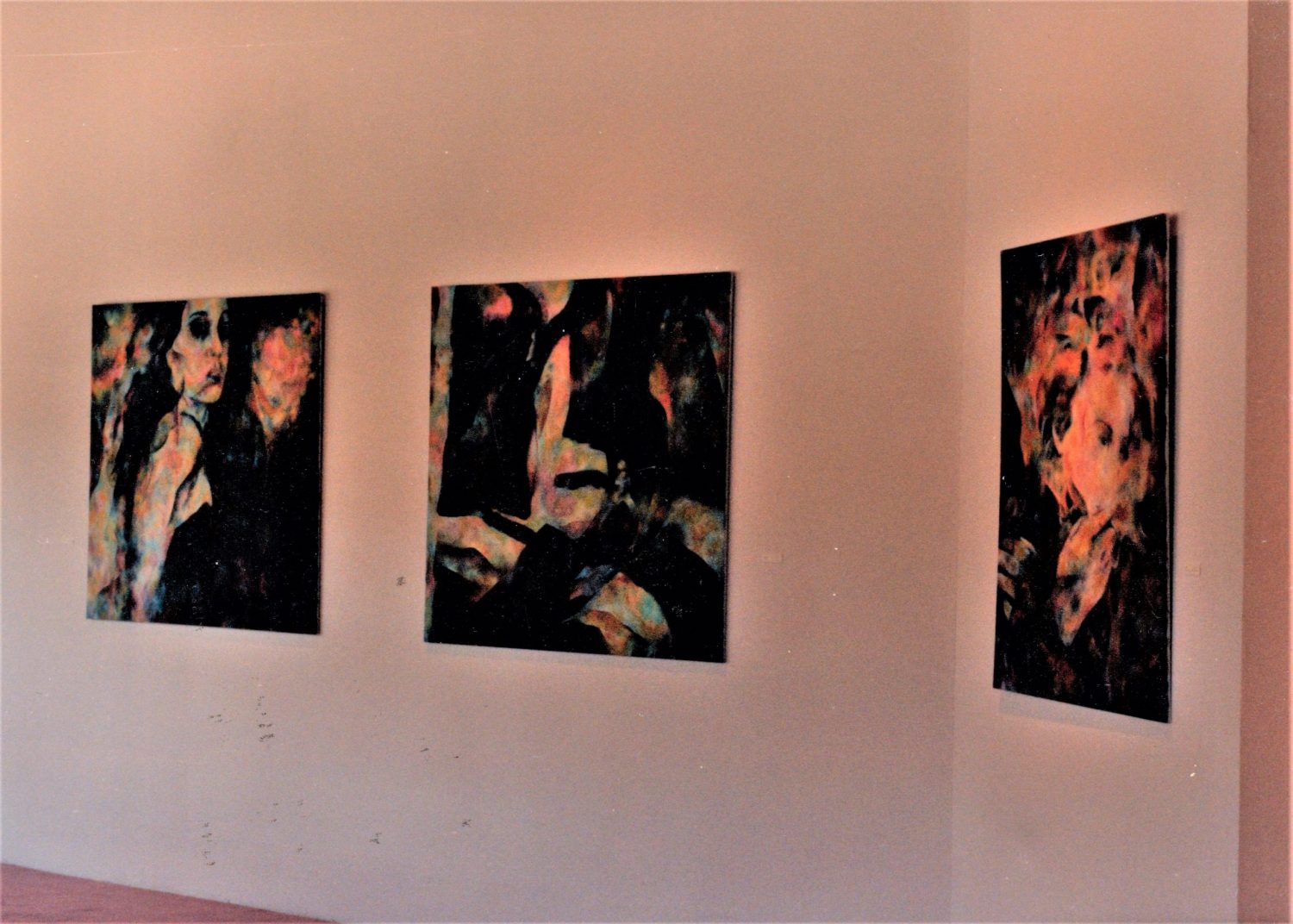On Saturday, September 12, 1964, Alberto Giacometti had planned on spending the afternoon in his Paris studio doing a quick oil sketch of his friend, American writer and art historian James Lord. The painting he started that day ended up taking eighteen sittings and nearly three weeks to complete. Lord wrote a slim volume, A Giacometti Portrait,1 about the experience. Each of the short chapters chronicles a day that he served as the model for the piece.
I first became familiar with the book in the early 1990s; I’ve since read it six or eight times. The title has a double meaning – the book is about the painting, but Lord’s observations also serve as a written portrait of Giacometti himself. He documented their discussions about not only the painting at hand, but personal matters, Giacometti’s work in general, and other artists, as well. On day nine, their conversation turned to Picasso:
“He’s done everything,” I said. “It reminds me of a story Dora Maar once told me. She said Picasso had said to her, ‘Being unable to reach the top of the scale of values, I smashed the scale.’”
Alberto snorted. “That doesn’t mean a thing. It’s like all of Picasso’s remarks. At first they seem full of wit, but in fact they’re empty of meaning.”2
I laughed out loud the first time I read this, because it’s pretty much exactly how I feel about Picasso.3 It was so refreshing to hear from someone who wouldn’t even figuratively bow down to him – Paloma Picasso said as a child she would see people literally doing so.4
Giacometti’s post-Surrealist oeuvre is one of the most distinctive of the twentieth century. Unfortunately, I haven’t seen much of his actual work in many years – I did attend the retrospective Alberto Giacometti 1901-1966 at the San Francisco Museum of Modern Art in late 1988 or early ’89. Although this was prior to my becoming enthralled by his paintings, which happened a few years later, even then I preferred them to his sculpture, for which he is most celebrated. I especially like the later paintings, where the figure dominates the picture plane and the ground is an amorphous space with the room and objects in it merely suggested. There is very little in the way of traditional modeling in these paintings – Giacometti used line, value, and muted, minimal color to create the illusion of form. I understand the elements he used to achieve this, but how it coalesces – how a figure can actually emerge from a tangle of linear brushwork in such an evocative and engaging manner – is a mystery to me.
Giacometti would paint, paint out, and re-paint a head over and over again, dozens of times. Lord described their artist/model relationship as somewhat sadomasochistic – he postponed his return flight home to New York several times to continue to sit in an “aura of anxiety” for the portrait. Although he liked that Giacometti was not only painting him, but had promised to give him the piece, the fact that often seemingly no progress would be made after hours of modeling started to wear on him. Giacometti insisted that what he was attempting to accomplish – capturing in paint how he saw, his vision – wasn’t even actually possible, which led to this drawn-out process. His wife Annette, who often sat for him, told Lord it could go on indefinitely.5 He often kept a work in progress over a period of years, re-painting or re-sculpting until some outside deadline forced him to let it leave the studio. What Giacometti wanted may have been clear to him, but getting there was apparently a futile endeavor.
Giacometti’s obsessive nature also influenced his conversation. On day two, Lord asked him if he had ever thought of suicide, and Giacometti responded that he thought of it, and how to do it, every day. Not because he didn’t want to live, but because he thought dying would be a fascinating experience. He told Lord that for months, he spoke about burning himself alive at four a.m. on the sidewalk in front of his studio. Annette eventually became so exasperated that she yelled at him “Do it or shut up!”6
Giacometti did not set himself aflame in the early hours of the morning outside his studio, but he didn’t have much longer to live. On January 10, 1966, a little over a year after Lord sat for him, while in the hospital being treated for exhaustion and heart and circulatory issues, he was diagnosed with pericarditis, an inflammation of the tissue surrounding the heart. He passed away the next day at sixty-four.
In 1985, James Lord’s comprehensive Giacometti biography,7 which Alberto’s brother Bruno praised as “nearly an autobiography,” was published. Lord passed away in Paris from a heart attack in 2009 at eighty-six.
All artwork © Estate Giacometti (Fondation Giacometti + ADAGP).
1 Originally published in 1965 by the Museum of Modern Art, New York, my copy is the Revised Edition; The Noonday Press (1980). I have no idea what was “revised” – I do wish Lord had written a more detailed overview of the time to give context, rather than the brief note included at the end of the book.
2 Ibid, page 53.
3 Although some of my favorite painters – Willem de Kooning, Francis Bacon, Jasper Johns, Roy Lichtenstein – held or continue to hold at least part of Picasso’s oeuvre in high regard, I’ve never seen a painting by him that really engaged me, and I, too, find his quotes insufferable.
4 Paloma Picasso, Pablo’s daughter, recounted this in an interview I read, in the early or mid-’80s, probably in Interview magazine.
5 James Lord: A Giacometti Portrait, page 64.
6 Ibid, page 14. Call or text 988 for the National Suicide & Crisis Lifeline; it’s free and confidential.
7 Giacometti: A Biography; Farrar, Straus and Giroux (1985).


























